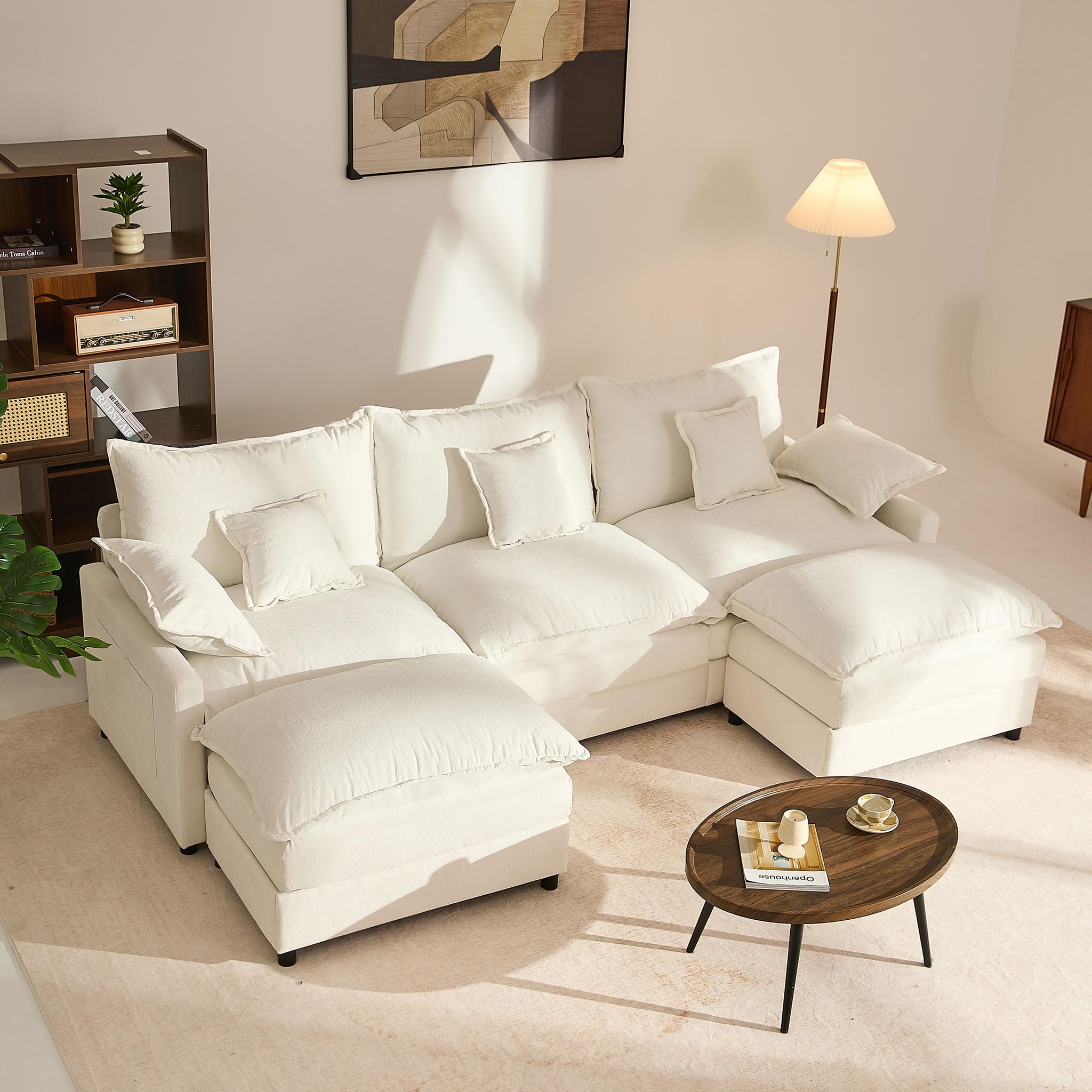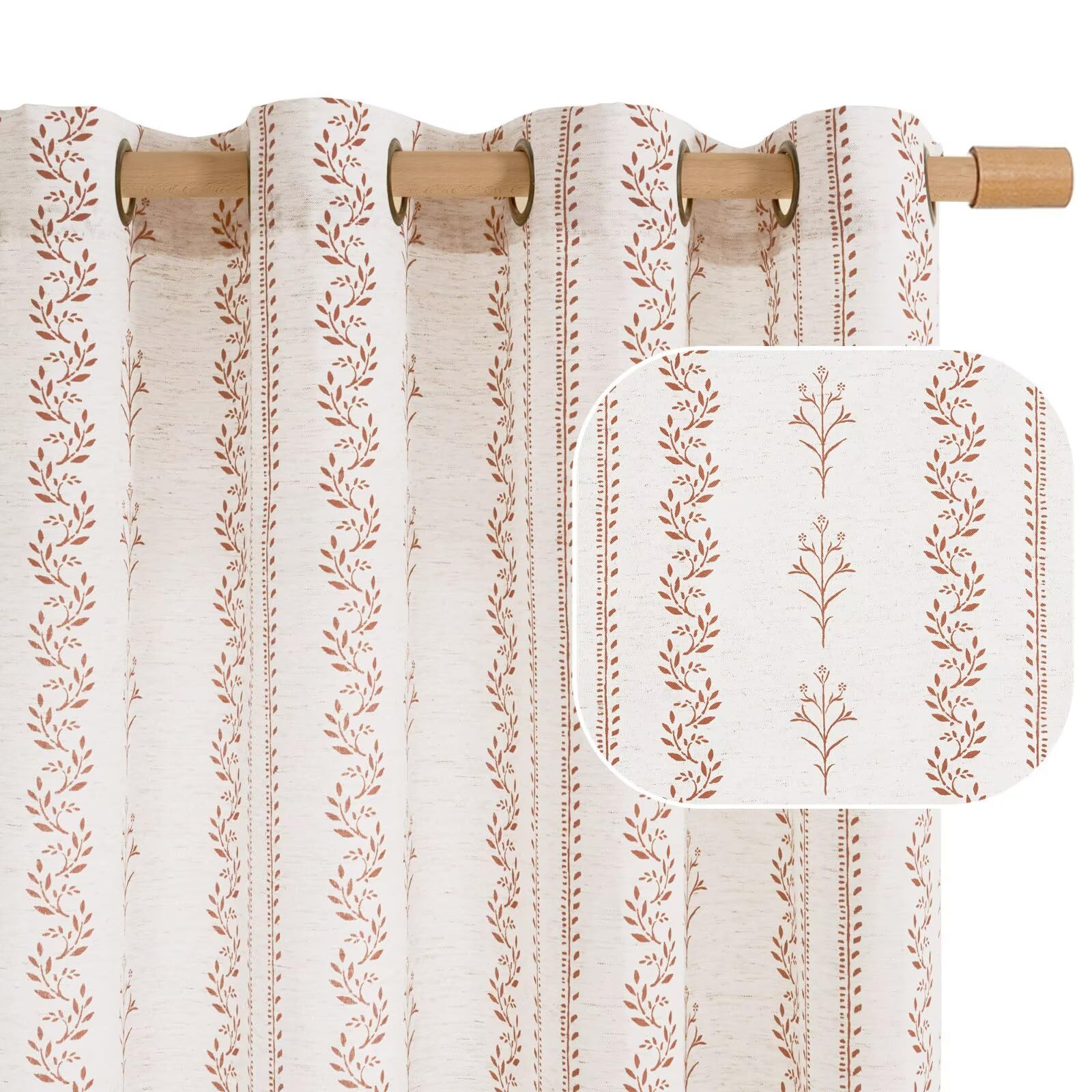 These designs utilized counterweighted systems and precision runners, allowing entire walls to glide silently along a track or large, suspended beds to lift gracefully toward the ceiling. — GOSUHI 108⁘ L Shaped Couch, Modular Sectional Sofa, 3-Seater Comfy Cloud Couch with Movable Ottoman, Deep Seat Couches for — $699.99
These designs utilized counterweighted systems and precision runners, allowing entire walls to glide silently along a track or large, suspended beds to lift gracefully toward the ceiling. — GOSUHI 108⁘ L Shaped Couch, Modular Sectional Sofa, 3-Seater Comfy Cloud Couch with Movable Ottoman, Deep Seat Couches for — $699.99See this product.
Useful Tips for Architectural Ambiguity
When contemplating environments characterized by spatial constraint, recognize that the most effective solutions often involve objects that resist immediate categorization. A seemingly heavy, fixed element, such as a substantial bookcase or a wall panel adorned with molding, can often serve as the unexpected pivot for an entire room's transformation. Prioritize mechanisms that operate with quiet precision; the sudden, dramatic reveal of a hidden function diminishes the structure's enduring utility. The most sophisticated adaptation permits the user to forget the mechanism entirely until the exact moment of need.
The Quiet Necessity of Structural Disguise
There is a singular dignity in spaces that refuse to reveal their complete potential at first glance. This extends far beyond simple drawers and concealed storage; it speaks to the architecture absorbing the complex, sometimes contradictory, demands placed upon the occupant. Consider the highly specialized *tansu* chests developed in Japan, not merely for stacking clothes, but containing drawers with double bottoms, sometimes secured by highly intricate locks, where the mechanism itself was the unique object of design. These were not just items of storage; they were repositories of essential, sensitive life components, demanding silent, structural allegiance to secrecy. This concept, scaled upward, finds expression in rooms where an entire segment of shelving swings inward, not to reveal a commonplace closet, but to grant access to a separate, acoustically isolated working annex—a necessity born of modern, constrained proximity.
The true unusual insight lies in recognizing that these transformations are rarely about surprise; they are usually about managing psychological transition. A small dwelling that allows the dining area to recede entirely, yielding a dedicated space for quiet reflection, acknowledges the internal pressure of maintaining distinct mental boundaries within a physical singularity. It is a quiet insistence that even in minimal confines, separate mental states deserve corresponding physical stages.
Kinetic Boundaries and Specialized Retreats
In the historical designs of extreme urban density, particularly the kinetic apartments of mid-century Europe and certain dense city pockets, the boundary between furniture and architecture dissolved completely. These designs utilized counterweighted systems and precision runners, allowing entire walls to glide silently along a track or large, suspended beds to lift gracefully toward the ceiling. These were not generic items but tailored apparatuses. One might observe a sleeping wall—a dedicated structural segment, often paneled in rich, dark wood—which, when activated, pivots and slides to compartmentalize the remaining open space, effectively creating a temporary, isolated bedroom where moments earlier only a common living area existed.
This approach acknowledges a fundamental, sometimes melancholic, necessity: that a stable sense of self requires the temporary erasure of conflicting functions. The user does not simply fold a table away; they command the architecture to redefine its function entirely, momentarily erasing the memory of the previous activity to facilitate the new one. The mechanical movement becomes a precise ritual, marking the shift from labor to rest, or from shared space to individual retreat.
• Unique Design Highlights* The *Hikaridō* Mechanism An uncommon sliding wall system that integrates subtle counterbalances, allowing a single person to shift substantial room dividers with minimal effort, historically used to manage thermal zones and light distribution in traditional Japanese homes.
• Acoustic Isolation Panels Walls, often disguised as built-in shelving, constructed with specific density materials solely intended to mitigate low-frequency sound transference, allowing true auditory privacy in immediate proximity.
• Concealed Library Ladders Not the standard rolling variety, but specialized systems where the ladder segments fold neatly into the floor cavity or slide horizontally into the baseboard, leaving zero trace of the mechanism when not in use.
• The Integrated Task Nook A narrow, deep recess, usually less than 18 inches wide, containing a fold-down desktop and dedicated lighting that deploys from the wall. This space is designed solely for brief, focused administrative tasks, preventing the encroachment of work materials into the main living zone.
Get It On Amazon ::: (brought to you by Kiitn)
▷ See this product.
108" L Shaped Couch, Modular Sectional Sofa, 3-Seater Comfy Cloud Couch with Movable Ottoman, Deep Seat Couches for Living Room Price, $699.99 $ 699 . 99
#Ad Our articles include affiliate links: If you buy something through a link, we may earn a commission 💕
[ Purchase Options ]

No comments:
Post a Comment